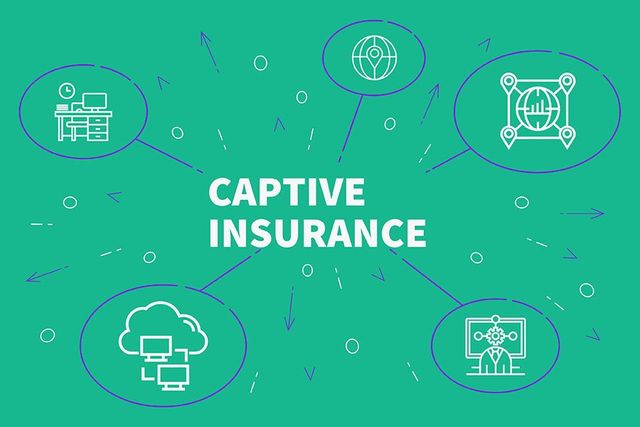What Does Pacific Prime Do?
What Does Pacific Prime Do?
Blog Article
Pacific Prime Things To Know Before You Get This
Table of ContentsFacts About Pacific Prime UncoveredSome Known Incorrect Statements About Pacific Prime Pacific Prime Fundamentals ExplainedOur Pacific Prime Diaries
In a lot of states, the insurance provider is required to send you a duplicate of the changes to your plan. It is necessary that you check out Endorsements or Bikers so you recognize how your plan has altered and if the plan is still appropriate to satisfy your demands. To acquire a copy of your insurance plan, please contact your insurance representative or business.
The Institute of Medicine (IOM) Board on the Consequences of Uninsurance launches an extended evaluation of evidence that addresses the relevance of health insurance coverage with the magazine of this record. Protection Issues is the very first in a series of 6 records that will be provided over the next 2 years recording the reality and effects of having actually an estimated 40 million individuals in the USA without health insurance protection.

Rumored Buzz on Pacific Prime
The goal of this series of researches is to refocus plan focus on a longstanding trouble. Following the longest economic growth in American background, in 1999, an approximated one out of every six Americans32 million adults under the age of 65 and more than 10 million childrenremains uninsured (Mills, 2000).

10 percent of the population accounts for 70 percent of health and wellness care expenses, a connection that has actually remained continuous over the previous three years (Berk and Monheit, 2001) - expat insurance. Thus health insurance remains to offer the function of spreading out threat also as it significantly funds routine treatment. From the perspective of health care carriers, insurance brought by their individuals assists secure a revenue stream, and communities profit from economically practical and secure healthcare practitioners and institutions
Government provides medical insurance to populaces whom the private market might not serve properly, such as handicapped and senior citizens, and populaces whose accessibility to healthcare is socially valued, such as children and pregnant women. The best ends of wellness insurance policy coverage for the specific and neighborhoods, including workplace neighborhoods of employees and employers, are improved health and wellness results and quality of life.
Pacific Prime Can Be Fun For Anyone
Staff members rate health and wellness insurance policy first by far in significance amongst all the advantages offered in the workplace (Salisbury, 2001). Although there have actually been large financial investments of personal and public funds to provide that site health insurance policy, lots of people still have no coverage. Despite considerable coverage of study findings and healthcare study results, the basic public continues to be overwhelmed and misinformed concerning Americans without medical insurance and the effects of lacking coverage.

Without doubt, the intricacy of American health and wellness care funding devices and the wealth of resources of details contribute to the general public's confusion and uncertainty about medical insurance stats and their interpretation. This record and those that will certainly follow objective to boil down and provide in easily reasonable terms the extensive research that bears on questions of medical insurance coverage and its value.
Fifty-seven percent of Americans questioned in 1999 thought that those without medical insurance are "able to get the treatment they need from medical professionals and hospitals" (Blendon et al., 1999, p. 207). In 1993, when national focus was concentrated on the troubles of the without insurance and on pending wellness treatment regulation, simply 43 percent of those questioned held this belief (Blendon et al., 1999).

They additionally get fewer preventative services and are much less likely to have normal look after chronic problems such as hypertension and diabetic issues. Persistent conditions can bring about expensive and disabling complications if they are not well managed (Lurie et al., 1984; Lurie et al., 1986; Ayanian et al., 2000). One nationwide survey asked greater than 3,400 adults about 15 very serious or somber conditions.
A Biased View of Pacific Prime
Added evidence exists later in this chapter in the discussion of insurance coverage and access to health treatment. https://www.dreamstime.com/pacificpr1me_info. People without medical insurance are young and healthy and select to do without coverage. Nearly fifty percent (43 percent) of those surveyed in 2000 believed that individuals without medical insurance are more probable to have wellness troubles than individuals with insurance policy
Voters and plan makers in focus group conversations identify those without insurance policy as youths who have the possibility to be covered and feel they do not require it (Doorperson Novelli, 2001). Compared to those with at least some personal coverage, the without insurance are much less most likely to report remaining in superb or excellent health and wellness (Agency for Health Care Research and Top Quality, 2001).
SOURCE: Center for Price and Financing Studies, Agency for Healthcare Research and Top quality, based upon MEPS information. Youthful grownups between 19 and 34 are much more likely to do not have health insurance policy than any various other age. This is primarily since they are less frequently eligible for employment-based insurance coverage because of the nature of their task or their short tenure in it.
The assumption that people without insurance policy have better-than-average health and wellness follows from perplexing the relatively young age profile of the uninsured with the much better health, typically, of more youthful persons. This obscures the link between health condition and medical insurance. For those without access to office health insurance policy, bad wellness is a prospective obstacle to purchasing nongroup protection since such protection might be extremely valued, leave out pre-existing problems, or be merely not available.
Report this page